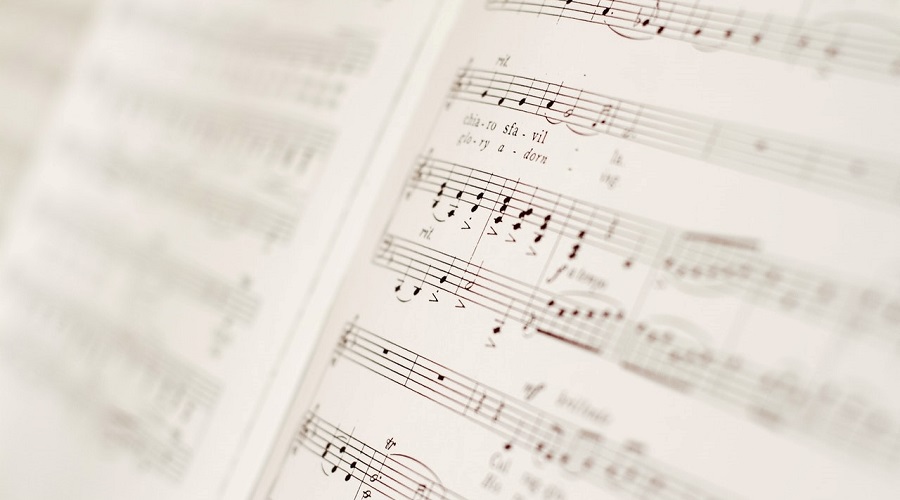What’s the biggest requirement from theatre actors, documentary narrators, cartoon voice-over artists, and music performers?
The one trait they all have in common is a significant dependence on sound. Their ultimate goal is to articulate their feelings to an audience. And this is done primarily through the manner by which they deliver their phrases.
A monologue in Macbeth can be done in a thousand different ways, but who can do it better than Peter O’Toole? It’s hard to imagine Lasciatemi Cantare from anyone but Toto Cutugno. And, no one can sing My Way the way Sinatra does.
Again, this is all about their interpretation and diction of phrases. If you’re wondering what is a phrase in music, read on. We’ll tell you the whole story.
What Exactly Is a Phrase in Music?
The phrase in music is just like the sentence in any language. It’s a thought or a statement created by words, and in the case of music, by a short segment of musical notes. In more technical terms, a musical phrase is a stand-alone unit made from a group of melodies.
Sometimes a phrase would be complete, while at other times, it would need a follow-up. Musical phrases are the best way to make sense of notes and motifs.
Why Are Phrases Used in Music?
Phrases are used in music in exactly the same way that syntax, grammar, and diction are used in any language. Phrases attach meaning and emotion to a string of words.
Additionally, by dividing the notes into digestible segments, composers can order their motifs in much more interesting sequences. At the same time, the performers can pick up that intent quickly, and retell it in their own way.
To illustrate this further, here are some of the ways phrases are used in various musical works.
Creating Mood
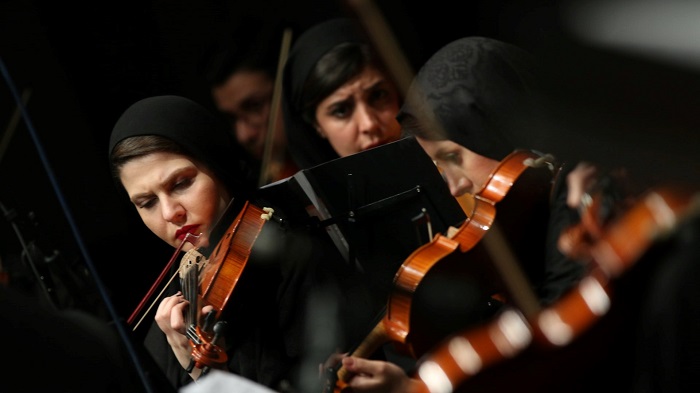
Composing music scores for movies or TV shows often involves playing the same basic motifs in different moods. This is carried out by changing the articulation of these musical phrases.
It could be rather neutral in some parts, where the delivery is mainly in the dialogue and the music is only a backdrop. But it can become cheerful in other scenes, sad, expectant, or even breathless.
In general, creating mood is an essential ingredient of any musical composition. The audience should always be able to tell where their emotions would go. And that often happens at the first moments or even seconds of any movie, ballet, or song.
You can compare the different moods of The God Father theme. Or the way songs like Love Story and Hit the Road Jack make you feel.
Telling a Story
The age-old art of telling stories, since the thousand-and-one magical nights of Sherazade, is all about keeping the listeners hooked. Getting so absorbed in the details of an enchanted setting, bonding with the hero, and wanting to know what will happen next.
In works like Tchaikovsky’s The Nut Cracker, Swan Lake, and Bizet’s Carmen there’s a clear story that the music tells. Dramatizing the events is carried out by creating strong motifs, then delivering them in colorful phrases, depending on the situation.
Telling stories isn’t exclusive to grand oeuvres like ballets and operas. A lot of popular songs also depend on telling a story through musical phrases. Hotel California by the Eagles, Paul Anka’s Papa, and The Beatles’ Yesterday all employ some of the best musical storytelling you can find.
Increasing Tension
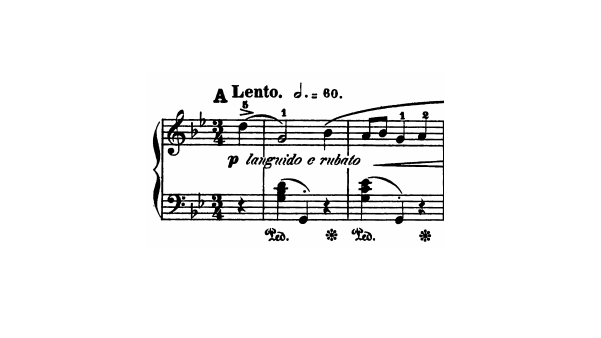
In situations that include a chase, impending danger, or a heated argument, usually, we feel our heartbeats getting stronger and faster. This principle is used extensively in making music scores for action and thriller movies.
Varying the tempo of each phrase from slow, to speeding, to fast is one way to create tension. This is a technique to show increasing urgency by employing rubatos and accelerandos. Another way is to increase the intensity and vibrato of the notes.
The music from Jaws is exemplary in that subtle tension-building composition. And of course, there’s the eerie theme of The X-Files, the dark motifs in Criminal Minds, and the brilliantly cynical notes of House of Cards.
Masterful Repetition
In Shakespeare’s Julius Ceaser, Mark Antony delivers a heart-wrenching monologue, wherein he keeps repeating the phrase “And Brutus is an honorable man.” Each time he says it, he drives the fact that Brutus was anything but an honorable man much deeper.
Repetition of a musical phrase has pretty much the same effect. It gives the same statement in many ways, which raises interest, engagement, and understanding of a dramatic situation. This also showcases the performer’s total mastery of the craft.
The Egyptian singer Om Kolthoum, who was nicknamed Edith Piaff of the East, would repeat the same verse tens of times. Each repetition with a different diction, articulation, and emotion. The audience used to engage with that intimately, and ask for endless reprises of their favorite parts.
Stressing What Matters
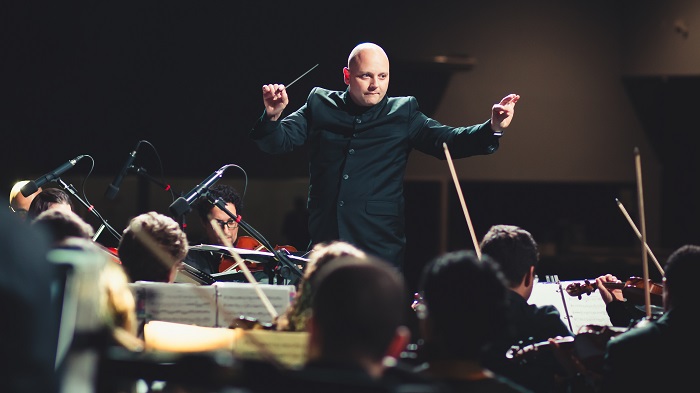
What’s the best way to emphasize an important sentence? Either highlight it with neon-yellow, frame it, or say it out loud.
The same is done in musical phrases. The moment when the lovers first meet, the punchline of a funny joke, or the day when the hero finally returns back home victorious, are all worth emphasizing.
Leading with musical sentences that suggest an impending tragic or comic segment is an art form. Putting the viewers in an expectant state, then going all-in with the most intense and passionate melody you can imagine. That’s stressing what matters.
Queen’s Bohemian Rhapsody and Phil Collins’ In the Air Tonight demonstrate that so well.
Is the Musical Phrase Written in Stone?
Composers often articulate how exactly they want their music to be played. They typically place indicators in the form of slurs or legato phrase markings. Which guides the performers in understanding the piece.
Some people might think that there is only one way to perform such elaborate work. And then, the question comes: so why are performances very different from each other?
Interestingly, the same notes, and the same phrases, can be delivered in many ways. And all of them would still be technically correct. In fact, that’s precisely why art is intriguing.
The musical phrase is shaped by the skill, experience, personality, thoughts, and feelings of the performer. Thus, it’s not at all written in stone.
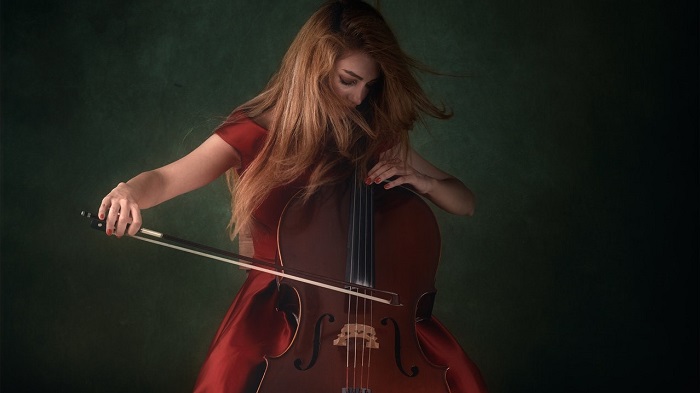
The works of the greats are the best example. Even though they were written centuries ago, and performed thousands of times, an artist can still find a fresh perspective in them.
The audience easily picks up the new sentiments and gives a standing ovation. The concerts by Luka Sulik and David Garett demonstrate this well.
Finding the Right Phrase in Classical Music
Beethoven was known for his accuracy and precision. And he generally left elaborately detailed guidelines on his music. Still, few musicians truly reached the core of his compositions.
Herbert Von Karajan, who was the lead conductor of the Berlin Philharmonic for three decades, understood Beethoven’s overtures probably more than anyone else. Among his brilliant performances is the way he interpreted Egmont.
Contrary to Beethoven’s clarity, Bach left little more than the musical notes. Yet, Glenn Gould phrased Bach’s notes uniquely, and he seemed to know the intent behind every segment so well.
Leonard Bernstein Explains this so well and truly shows off Gould’s genius as he plays Bach’s Keyboard Concerto No. 1 (BWV 1052).
Musicians often read the whole phrase, then play the notes with the necessary articulation. This is a lot like reading a whole sentence, with all of its punctuation, before reciting it to an audience. As this is the only way to give meaning and emphasis to the words.
Beginning, Middle, and End
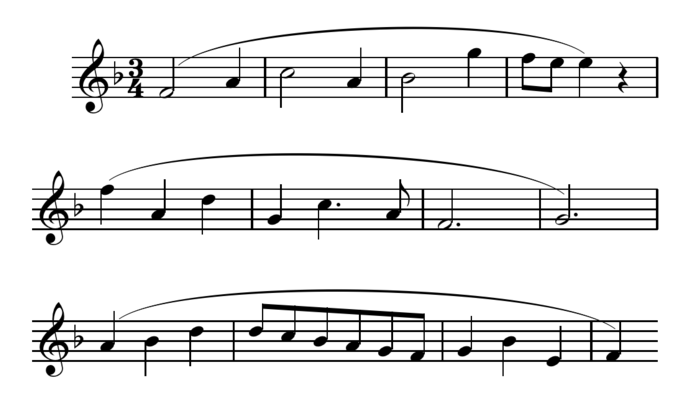
Glenn Gould’s dilemma leads us back to the phrase; where does it begin and where does it end? After all, to interpret any piece of music, we need to see both the smaller parts and the work as a whole.
The phrase in classical music is often a sequence of 4 bars that end in a cadence. Still, there are many exceptions to this rule, and a musical phrase could span more or less than that. Paganini, Liszt, and Brahms are known for their disregard for familiar norms in their compositions.
Starting a Phrase
The beginning of any phrase is often a fresh start, a new chapter in a story, or the next phase in a struggle. In songs, it’s easy to tell from the lyrics where a new line is. However, that might be a tad challenging in music, but a trained ear can pick up the pauses where new phrases begin.
In terms of musical notation, the phrase is indicated by a slur, or a curved line, that extends from its start to its finish.
The Emotional Part
The middle of the musical phrase is where the performer expresses passion and sentiment. Whether the general feel of the work is upbeat, tense, or tragic, this is where that emotion finds release.
Ending the Phrase

The music phrase delivers its message, then stops in one of three modes: a pause, a question, or a full stop. The pause and the question are often followed by a second phrase.
While the full stop is an individual statement. The eight bars at the beginning of Beethoven’s Für Elise are two clear phrases.
In classical music, the phrases that need a follow-up often end on a subdominant chord. They are followed up with a strong sentence that carries the meaning further and usually ends on a perfect cadence.
The first phrase is called the antecedent, while the second is known as the consequent. This is used heavily in the opening part of Mozart’s Symphony No. 40 in G Minor.
Vocalizing Musical Notes and Phrases
Performers often train their voices by repeating different notes, but they practice singing by trying out full musical phrases. It’s only through vocalizing meaningful segments that they can truly learn how to perform a song.
It’s amazing how every performer would deliver the same musical phrases in a personalized manner. In a fascinating juxtaposition, we have played renditions of O Sole Mio by the three tenors, where Pavarotti demonstrates wide variations in each phrase.
Then, there are other performances by Pavarotti and Brian Adams, Christopher Lee and Gary Curtis, and finally, Elvis Presely’s translation of it in It’s Now or Never. The stark differences between the various performers show the tremendous potential of musical phrasing.
The exact same sequence of notes can be sung in a powerful, romantic, nostalgic, cheerful, or flirtatious manner.
Same Phrase, Different Instruments
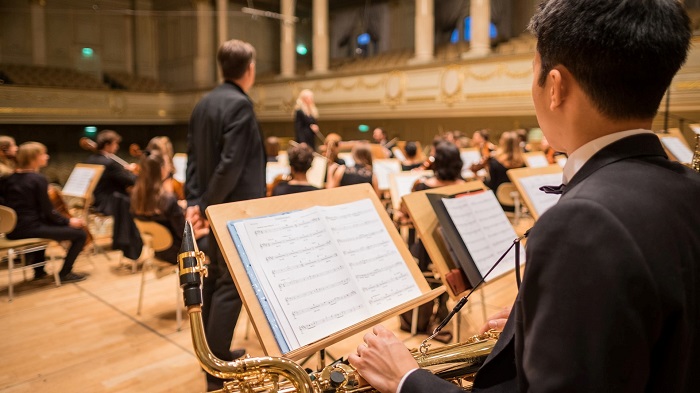
In a music assembly, a pop band, or a full orchestra, each player receives a copy of the music. Most often, the predominant phrases will be played sequentially, or simultaneously, by various instruments.
Additionally, it’s quite often that we see the same piece of music performed by a piano, a violin, a harp, a cello, a flute, or a guitar. A passer-by could whistle the tunes of a famous song, you could hear it in a computer game, or maybe in the ringtone of a smartphone.
A musical phrase can be carried out by any instrument, but just like the vocalization, every musical instrument carries it a bit differently.
Pianos probably have the highest flexibility among all the musical instruments. You can play a phrase in a gazillion different ways, and convey a wide spectrum of emotions through its many variables. Violinists and cellists might object a little here, but in all truth, the piano is king.
The rendering of some songs ‘fits’ better on some instruments more than others. For example, the El Toro Malagueña, and the Mariachi theme from Desperado were made for the passionate strings of the guitar. It’s hard to see the effect of these phrases in any other medium.
Finding the Musical Phrase in a Complex Beat
Sometimes waiting for ‘the pause’ or the full sequence of notes and motifs isn’t too clear. In such cases, finding the musical phrase might seem to be a bit of a challenge.
Songs with a hard beat like Drunken Sailor, Tangos, Bossa Nova tunes, and Paganini compositions, are all instances where spotting distinct musical phrases is a real puzzle! It’s not impossible though.
Just think about writers who favor short clean sentences, like Hemingway. And the ones who write run-on wordy sentences that go on till forever, like Charles Dickens. Both styles are brilliant, and there’s an inherent beauty in simple as much as in complex sequences.
You just need to pick up the essence of the composition.

